Table of contents
World Wetlands Day is celebrated every year on 2 February. This day marks the date of the adoption of the Convention on Wetlands on 2 February 1971, in the Iranian city of Ramsar on the shores of the Caspian Sea.
The Standing Committee of the Convention has approved the themes for World Wetlands Day as follows:
- 2022: Wetlands action for people and nature,
- 2023: Wetland restoration
- 2024: Wetlands and human wellbeing
India has designated five new Wetlands of International Importance, taking its total number of “Ramsar Sites” to 80.
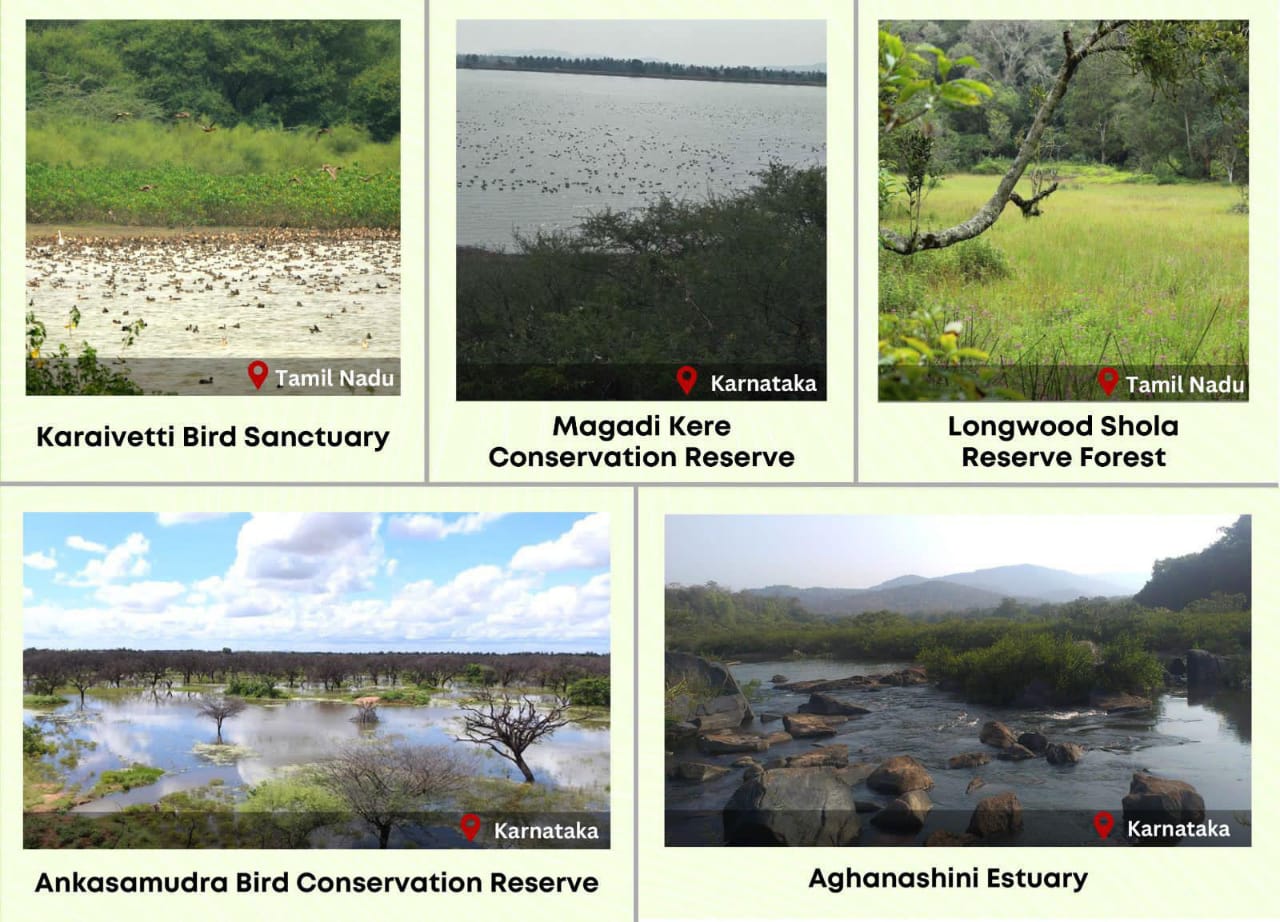
They are all located in South Indian States and notable for their birdlife and overall biodiversity, but they are otherwise diverse:
- One is an estuary.
- Two are human-made bird conservation areas.
- One is the largest lake of Tamil Nadu State.
- One a forest-wetland complex unique to southern India with high species endemism.
Let us read more about them.
Aghanashini Estuary
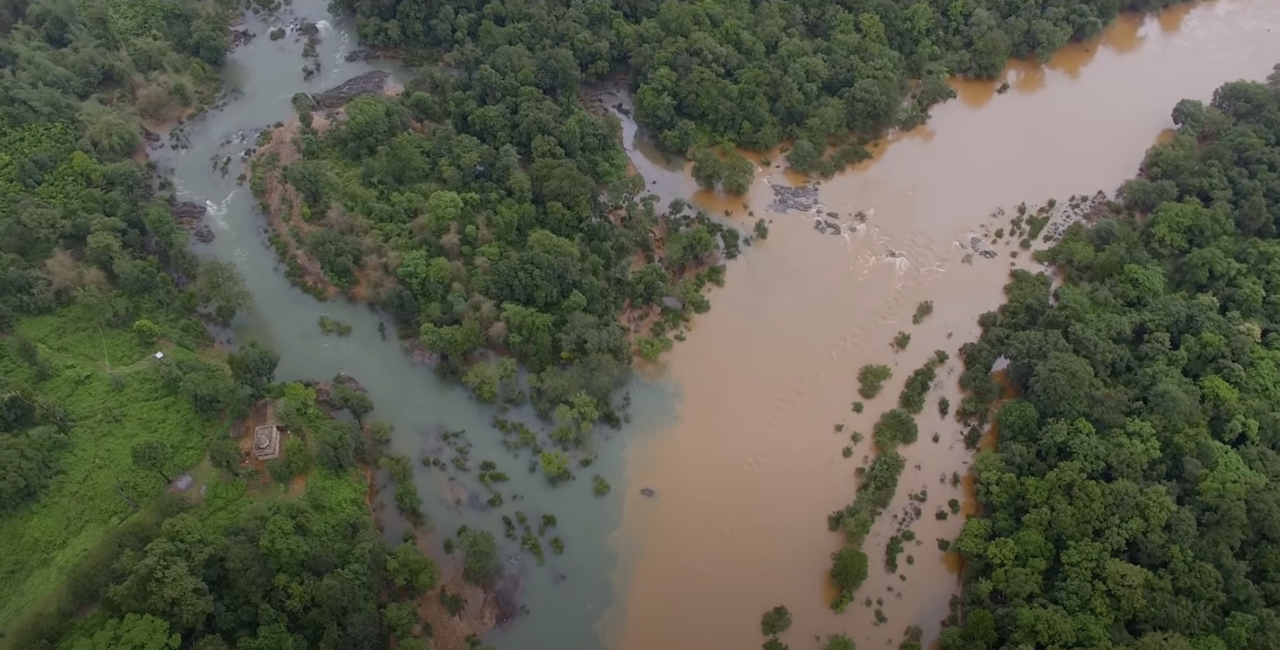

The estuary is found where the Aghanashini River flows into the Arabian Sea in Karnataka State.
- Its waters, shores, intertidal mudflats and aquaculture ponds and rice fields provide habitats to more than 80 fish, 115 birds and 45 mangroves and mangrove-associated species.
- About 55,000 individual birds
- More than 1% of the regional populations of nine bird species have been recorded here
- Almost 10% of the regional population of black-headed ibis (Threskiornis melanocephalus)
- The Site supports the livelihoods of more than 6,000 households, who are engaged in activities such as fishing, agriculture, shrimp aquaculture, bivalve shell mining and salt production.
Two further new Sites in Karnataka are reservoirs that were originally constructed for irrigation.
Ankasamudra Bird Conservation Reserve

![Tiger Loach Botia = Rs.79.26 [17-12B-004] - Make My Hobby](https://makemyhobby.com/image/cache/img_product/17-12B-004_b-550x550.jpeg.webp)
Ankasamudra Bird Conservation Reserve, Tiger loach (Botia striata)
- This site is widely known for its rich bird diversity:
- Some 35,000 birds of 240 species have been recorded
- About 30 waterbird species breed at the Site
- There are also nine endemic fish species, three of which are globally endangered:
- Tiger loach (Botia striata)
- Aruli barb (Dawkinsia arulius)
- Nukta (Schismatorhynchos nukta)
Magadi Kere Conservation Reserve
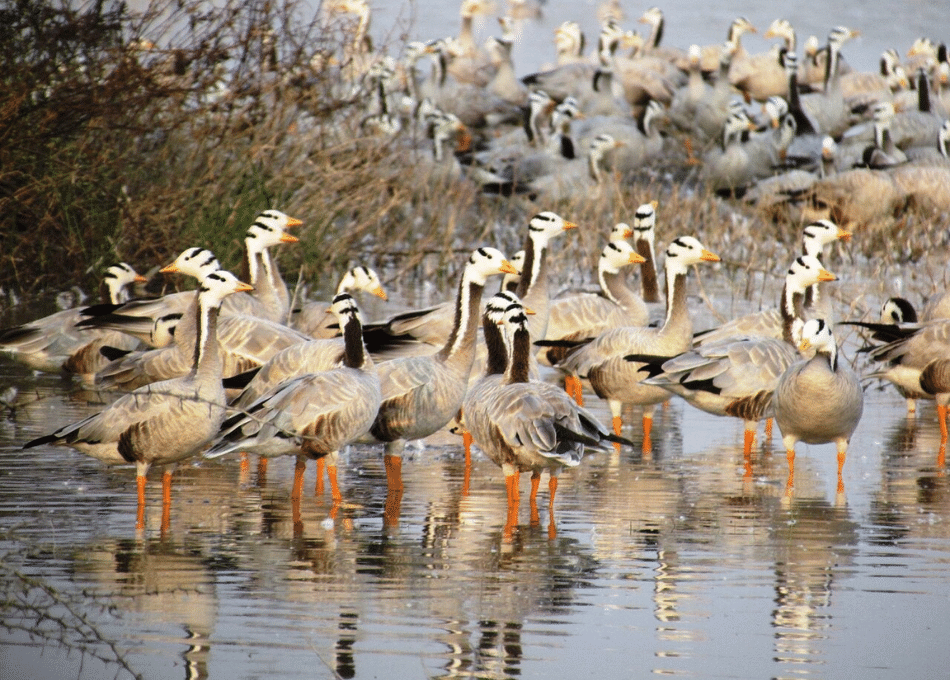

- This site provides stable habitat conditions for more than 165 bird species and has been declared an Important Bird and Biodiversity Area (IBA).
- Rare and threatened species are found here, such as:
- Northern shoveler (Anas clypeata)
- Garganey (Anas querquedula)
- Common pochard (Aythya ferina)
- Some 30,000 waterbird individuals including 8,000 wintering individuals have been regularly recorded.
- The Site is one of the largest wintering grounds for bar-headed goose (Anser indicus) in southern India.
We can't clear UPSC for you.
But with our personalised mentor support, you'll be ready to do it yourself.
Karaivetti Bird Sanctuary
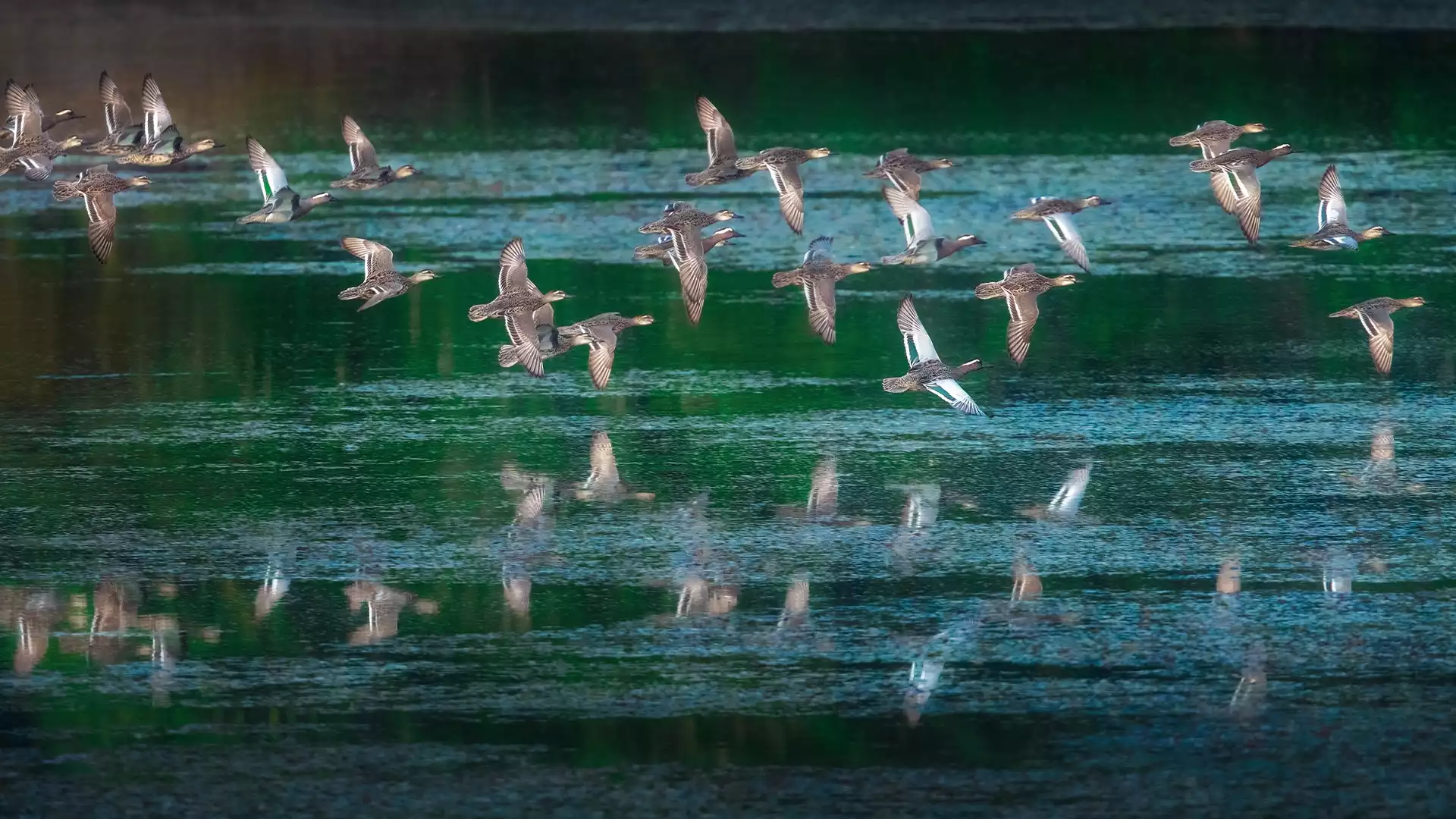

Karaivetti Bird Sanctuary
- It is one of the largest inland freshwater lakes in the State of Tamil Nadu, provides important stopover and foraging ground for birds migrating along the Central Asian Flyway.
- Some 10,000 individuals of 14 colonial waterbird species have been found nesting here.
- The gum Arabic tree (Acacia nilotica) provides roosting and nesting grounds for threatened species such as:
- Spotted eagle (Aquila clanga)
- Tawny eagle (Aquila rapax)
- Indian darter (Anhinga melanogaster)
- The Site also provides breeding habitat for the vulnerable Indian flap-shelled turtle (Lissemys punctata).
Longwood Shola Reserve Forest
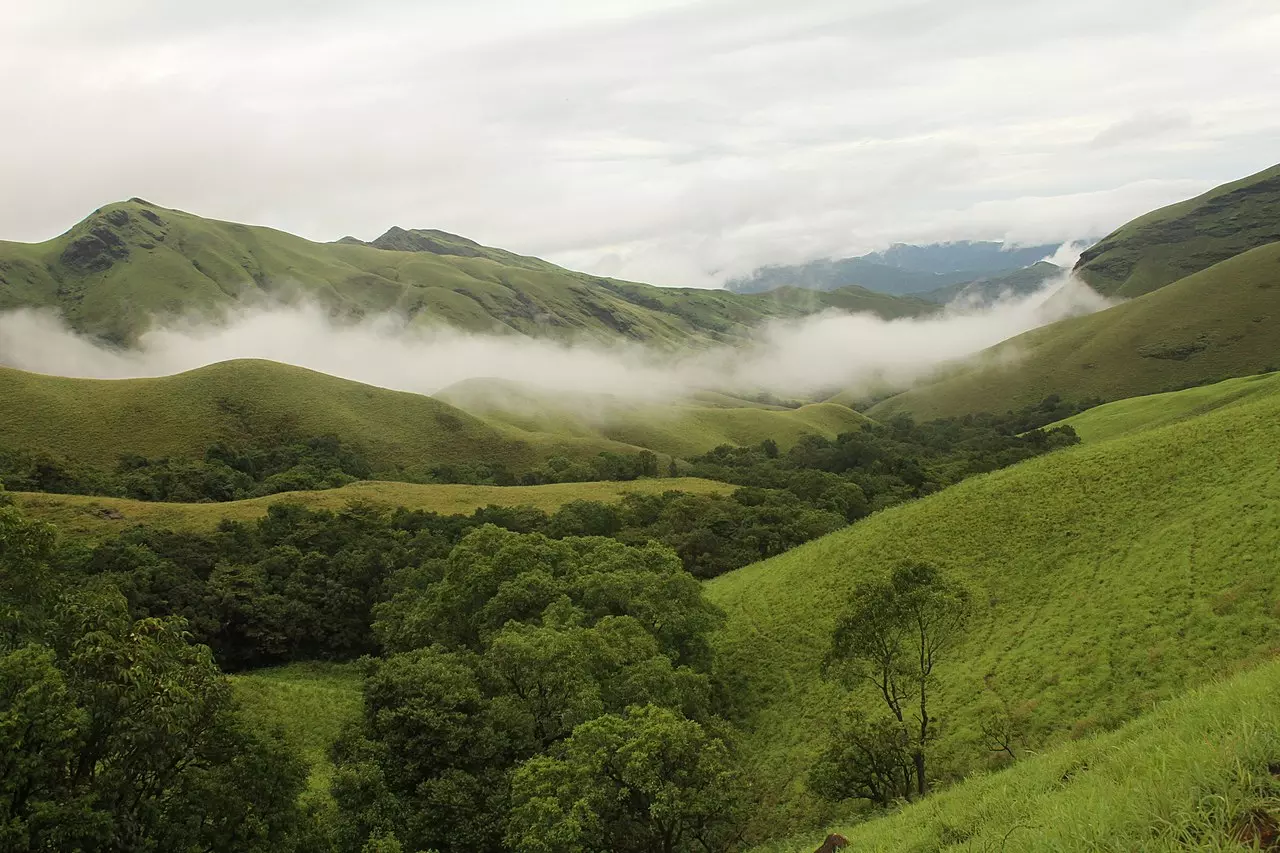

Longwood Shola Reserve Forest, Black-chinned Nilgiri laughingthrush
- Also in Tamil Nadu, this site features intermittent freshwater marshes and streams nested within a “shola”, a tropical montane forest of southern India.
- It has very high species endemism: around 40 species of trees, four reptiles, 14 frogs and 14 birds that are endemic to the Western Ghats region are found here.
- The Site is one of the key conservation areas of
- The endangered black-chinned Nilgiri laughingthrush (Strophocincla cachinnans)
- The Nilgiri blue robin (Myiomela major)
- The vulnerable Nilgiri wood-pigeon (Columba elphinstonii).
